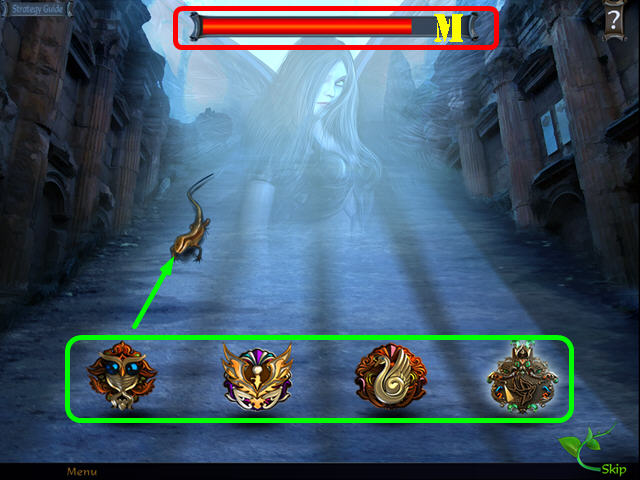

The surface of the Sun, called the photosphere, is at a temperature of about 5800 K. Sunspots are "cool" regions, only 3800 K (they look dark only by comparison with the surrounding regions). For the last 20% of the way to the surface the energy is carried more by convection than by radiation.

As it travels out toward the surface, the energy is continuously absorbed and re-emitted at lower and lower temperatures so that by the time it reaches the surface, it is primarily visible light. Each second about 700,000,000 tons of hydrogen are converted to about 695,000,000 tons of helium and 5,000,000 tons (=3.86e33 ergs) of energy in the form of gamma rays. The Sun's power (about 386 billion billion mega Watts) is produced by nuclear fusion reactions. At the center of the core the Sun's density is more than 150 times that of water. The temperature is 15.6 million Kelvin and the pressure is 250 billion atmospheres. The differential rotation extends considerably down into the interior of the Sun but the core of the Sun rotates as a solid body.Ĭonditions at the Sun's core (approximately the inner 25% of its radius) are extreme. Similar effects are seen in the gas planets. This odd behavior is due to the fact that the Sun is not a solid body like the Earth. The outer layers of the Sun exhibit differential rotation: at the equator the surface rotates once every 25.4 days near the poles it's as much as 36 days. This changes slowly over time as the Sun converts hydrogen to helium in its core. The Sun is, at present, about 70% hydrogen and 28% helium by mass everything else ("metals") amounts to less than 2%. The Sun is personified in many mythologies: the Greeks called it Helios and the Romans called it Sol. The median size of stars in our galaxy is probably less than half the mass of the Sun. But there are many more smaller stars than larger ones the Sun is in the top 10% by mass. That's true in the sense that there are many others similar to it. It is often said that the Sun is an "ordinary" star. It contains more than 99.8% of the total mass of the Solar System (Jupiter contains most of the rest). The Sun is by far the largest object in the solar system. A warrior that would one day become a legend.Temperature: 5800 K (surface) 15,600,000 K (core) History of The Sun A warrior that would save his people by bending the wasteland to his will. It was in this world that a warrior known only as Raven would emerge. The few areas that still had clean water and arable land were held by ruthless warlords and their armies. A world in which the laws of civilization had been replaced by the law of the gun. When their supplies eventually ran out and these communities were forced to emerge from their shelters, they saw a new world of desolation and chaos. Only those that had heeded the warnings and taken shelter in abandoned bunkers were spared. The fog killed indiscriminately the young, old, rich and poor all fell in equal measure. When the wave of energy struck the earth, a storm of radioactive particles blanketed the atmosphere in a deadly, carcinogenic fog.


Though predicted for years by the scientific community, their warnings were ignored by the world leaders that instead squabbled over petty territorial concerns. In the year 2050, the sun unleashed a catastrophic surge of energy into space, a wave of power that would plunge our civilization into chaos for centuries.
#THE SUN ORIGIN WALKTHROUGH ANDROID#
The Sun: Origin is a Survival, Post-Apocalyptic, First-Person Shooter game with RPG aspects for iOS and Android devices.


 0 kommentar(er)
0 kommentar(er)
